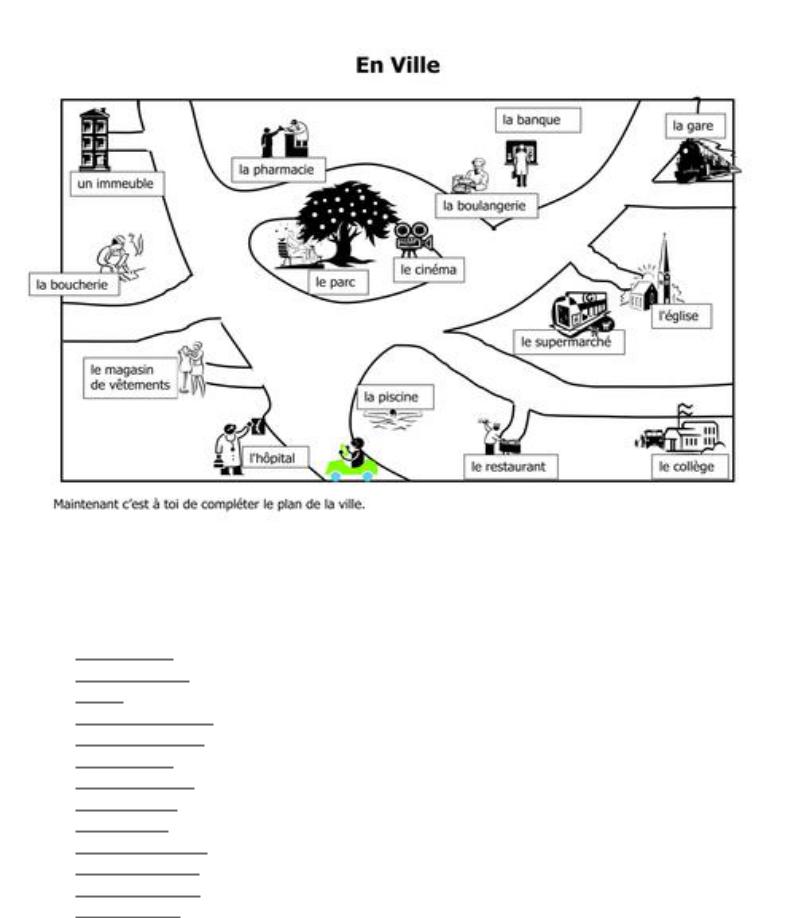
Developing effective communication. Part 2 Учебно-методическое пособие
.pdf
MINISTRY OF EDUCATION AND SCIENCE OF RUSSIAN FEDERATION
Lobachevsky State University of Nizhny Novgorod
DEVELOPING EFFECTIVE COMMUNICATION
Part 2
Educational handbook on French language
Studying-methodical manual
This manual is recommended by Methodical Committee of the institute of international relations and world history for English-speaking students of Nizhny Novgorod State University studying at Bachelor's Program – «International relations»
Nizhny Novgorod
2018
UDC 811.133.1
LBC 147.11 73
S 50
S 50 DEVELOPING EFFECTIVE COMMUNICATION. PART 2. O.Smirnova, O.Buzaeva, A.Afonshina: Educational handbook. – Nizhny Novgorod: Nizhny Novgorod State University, 2018. – 21 p.
Reviewer: PHd in Philological sciences,
Associate Professor I.B. Arkhangelskaya
The manual is intended for students of the second - third courses, studying International Relations in English
UDC 811.133.1
LBC 147.11 73
© N.I. Lobachevsky State University
of Nizhny Novgorod, 2018
2
|
Table de matières |
FOREWORD |
4 |
DIRECTIONS |
5 |
LA VILLE |
11 |
A LA POSTE |
17 |
THE REFERENCES |
21 |
3
Foreword
This manual contains the material about general topics such as finding directions in the city, places in the city, conversations at the post office. It presents the new words, idioms, collocations, short texts and dialogues on each topic.
The book contains exercises for enlarging students’ vocabulary and acquiring knowledge about new grammar structures.
The aim of this handbook is the development of communication and language skills of the students of the second - third courses, studying International Relations in English.
The manual is intended for students of the second - third courses, studying International Relations in English and learning French as a second foreign language.
4

DIRECTIONS
où se trouve…? where is…? où est le/la…? Where is the…? la rue the street
tournez à gauche turn to the left tournez à droite turn to the right allez en face go straight ahead allez tout droit go straight ahead allez en haut go uphill
allez en bas go downhill c’est vers le/la… it towards…
c’est après le/la it’s it’s after the… c’est avant le/la it’s before the… c’est au nord it’s to the north
5

c’est au sud it’s south c’est à l’est it’s to the east
c’est à l’ouest it’s to the west c’est à côté de… It’s next to.. c’est devant… It’s in front of… c’est derrière… It’s in back of… c’est près (de)… It’s near (to)… c’est loin (de)… It’s far (from)…
l’intersection (f) intersection/junction le carrefour intersection/junction
les feux (rouges) traffic lights le bouchon traffic jam l’hôtel hôtel
le restaurant restaurant le bar bar
où sont les sites à visiter? Where are the sightseeing spots? la gare train station
la gare routière bus station l’aéroport airport
le centre-ville downtown les banlieues suburbs
la banque bank l’église (f) church l’épicerie grocery store l’hôpital hospital
le musée museum l’école (f) school la poste post office
le cinéma movie theater
le bureau de change money exchange
6

Les exercices:
1. Complétez.
piétons virage monde circulation chauffeur pointe embouteillages ticket souterrain
1.Pour prendre le métro, on achète un ...
2.Quand la rue tourne, il y a un ...
3.Les ... traversent l'avenue au passage ...
4.Aux heures de ... , il y a des ...
5.On laisse parfois un pourboire au ... de taxi.
6.L'agent de la ... fait arrêter une voiture.
7.Il y a du ... dans la rue!
2. Trouvez la fin. Plusieurs solutions sont possibles.
Moi, je vais au travail en ... .
Parfois, il y a des ... .
Ma femme prend le ....
Aux heures de pointe, il y a du ... .
Mon fils va au lycée en ... .
Pour aller au collège, ma fille prend le ... tous les matins. Quand nous sommes pressés ou fatigués, nous prenons le ...
3. Répondez aux questions
Chaque jour, Victor fait le même trajet: maison — bureau et bureau — laison. A) Observez le schéma et répondez aux questions.
1.Est-ce que Victor habite loin du bureau?
2.Est-ce que le métro est loin de sa maison?
3.Qu'est-ce qu'il achète pour prendre le métro?
4.Est-ce que c'est direct? Est-ce qu'il y a du monde dans le métro?
5.Où est-ce qu'il va après le métro?
7
6.Comment est-ce qu'il va au bureau?
7.Comment il fait pour rentrer? Pourquoi?
B) Parlez du trajet de Victor à l'aide de vos réponses.
4. Remettez en ordre.
A)Patrick cherche la mairie.
— Dix minutes à pied.
—Prenez cette petite rue et continuez jusqu'au carrefour. Puis tournez à gauche. — Excusez-moi, Madame! La mairie, s'il vous plaît!
— C'est loin d'ici?
B)Laure cherche une pharmacie.
—Ah, je vois! C'est à côté de la bijouterie!
—Il faut traverser ce boulevard au passage souterrain. Puis, vous continuez tout droit.
—Non, non, c'est en face de la bijouterie.
—Est-ce qu'il y a une pharmacie ici?
5. Choisissez la bonne réponse.
1.Pour prendre le métro, on achète un billet / un ticket.
2.Le Louvre se trouve au centre ville / en dehors de la ville.
3.Continuez tout droite / droit!
4.Tournez à gauche / celte avenue.
5.Au bout de cette rue, il y a un impassage / une impasse.
6.Où est la station / l'arrêt de bus?
6. Observez le plan et dites si c'est vrai ou faux.
1.La banque est à gauche du théâtre.
2.A côté de la pharmacie, à gauche, il y a un café.
3.Pour aller à la mairie, il faut prendre la rue du Bonheur.
4.En face du théâtre, il y a un café.
5.Pour aller du restaurant au parc, il faut traverser la place.
6.L'agence de voyages est loin de la bijouterie.
8

7. On vous demande la rue ! Répondez aux questions
1.Place de la Paix, s'il vous plaît!
2.La mairie, s'il vous plaît!
3.La bibliothèque, s'il vous plaît!
4.La poste. s'il vous plaît!
5.Est-ce qu'il y a un restaurant ici?
9
8. Écoutez et reproduisez le dialogue
1)https://www.youtube.com/watch?v=Wp5U2fFqcng
2)https://www.youtube.com/watch?v=AX4Yr309-to
3)https://www.youtube.com/watch?v=nH7ToUS2WuY
10
